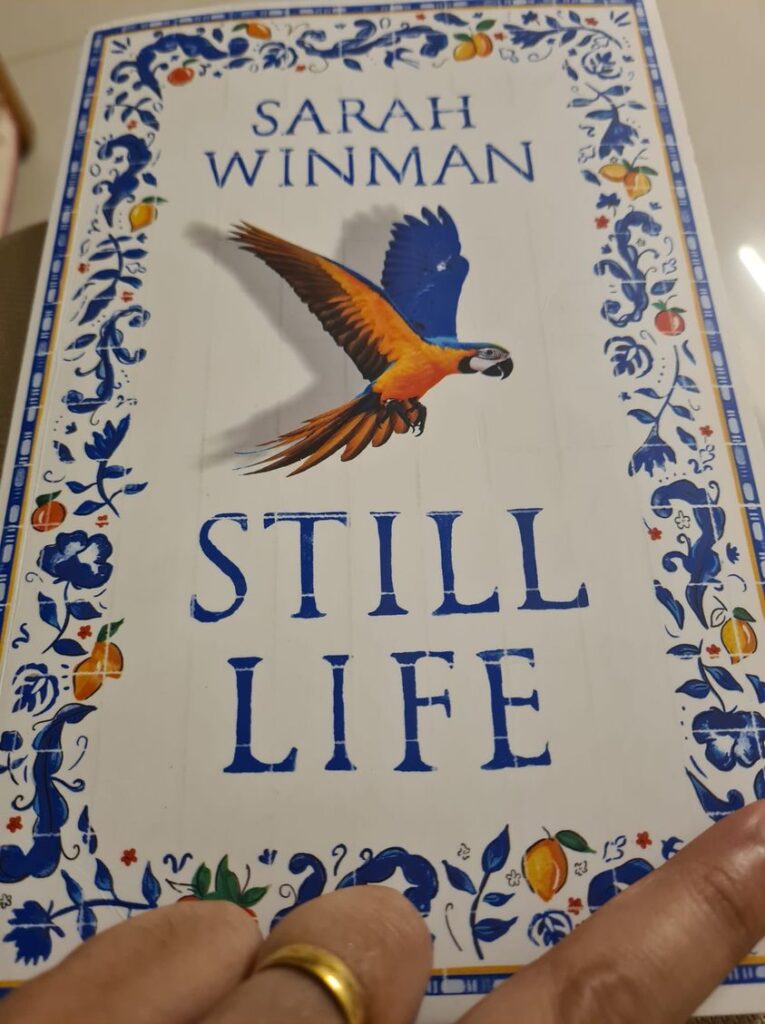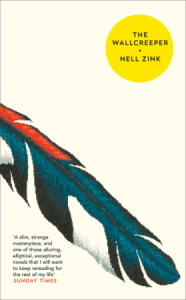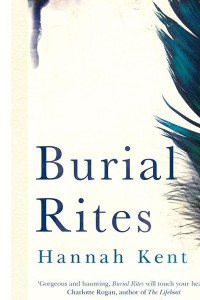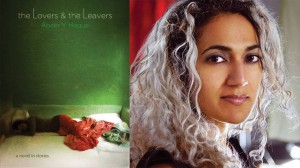“Brown Girls” by Daphne Palasi Andreades
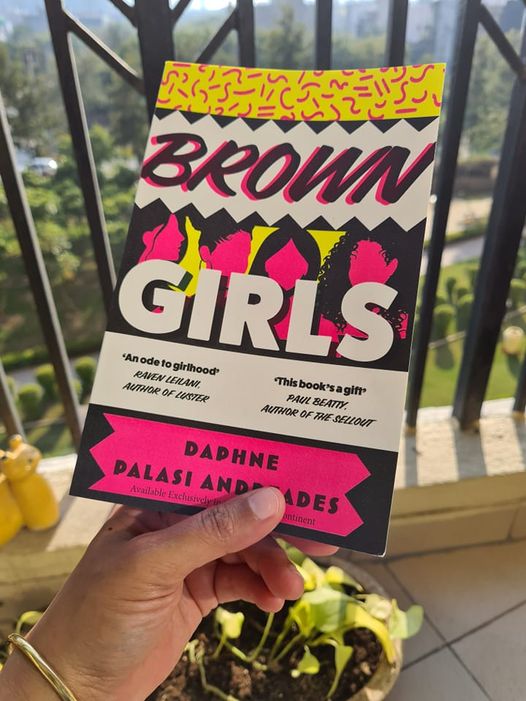
“We leave, we leave, we leave. We always leave. It is in our blood to leave.
But perhaps it’s also in our blood to return.
Why did we ever believe home could only be one place? When existing in these bodies means holding many worlds within us.
At last, we see.” (P.137)
***
“Our weary mother, so practical and unimaginative — or so we believed. Who we were certain never had dreams.
How wrong we were.
But how could ‘We wanted to make a better life for ourselves — and you’— be a dream? How could a place be a dream? (Did we live up to their dreams? we wonder, uneasy.) Understand that we will never fully comprehend their dreams having come of age in this Promised Land.
Understand: We are their Promised Land.
Never in a million years would we have the courage to move to a foreign country on a dream, become fluent in a strange language, raise families on foreign soil, far from those we love. Raise children who often feel like reflections in foggy mirrors. Who, from the moment they learn to walk, are running further than they can see.
Resilient, strong, determined, our mother’s carved out homes of their own.
This, too, is in our blood.” ( p.181)
***
“In the Motherland ( Fatherland?), our speech is filled with holes. We don’t remember the words for many objects. Some of us flush with embarrassment when we must speak, humiliated by our ineptitude, our jumbled, strangely pronounced words. Some of us must rely on transaltors, human ( our cousins) and nonhuman ( apps on our smartphones). ‘What do you mean you never learned the language?’ is a question we are constantly asked. ‘You’re practically deaf and mute here!’ Harsh as it is, it’s true, and we hang our heads.
…
But some of us who have been our parents’ translators our entire lives — at parent-teacher conferences, banks, supermarkets — know how to communicate fluently. We discuss politics with our uncles and aunties.
…
All of us have cousins, aunts, uncles, and grandparents who toggle with ease between various dialects and languages, English included. They apologise for their accents, but we don’t care — we are in awe of them and could listen to them speak all day.” ( p.126-7)
****
Debut novelist and Columbia University graduate, Daphne Palasi Andreades’s Brown Girls ( Fourth Estate, Harper Collins India) reads like a novel meant to be recited like a dramatic monologue. It is narrated by “a” narrator (or is it a bunch of young girls/women using the collective pronoun?) to describe their trajectory as ten-year-old girls on Brooklyn to women/wives/mothers. The girls in this group are Nadira (Pakistani), Anjali (Guyanese), Michaela ( Haitian), Naz (Ivory Coast) and Sophie (Filipino). But the narrator gets the slips created by others brilliantly while addressing the girls, their nationalities, identities and names are all mixed up. No one seems to care. Even the girls have learned to be immune to these slights. Later in the novel they remark of the daily violence they encounter in these small acts and have learned to build a life around it.
There was a brief period in contemporary American literature where ABCD (American Born Confused Desi) fiction was a category. Brown Girls and much else of recently published diaspora fiction disproves this fact. More often than not, young writers are sure of their identities, they are Americans first but are very aware of their ancestral identities. They may be self-affirmed “coconuts” but they recognise the power that they have if having this dual cultural perspective. They don’t feel culturally dislocated like previous generations. It is possible to navigate and develop a life. It may not be easy but it is possible.
Brown Girls is reminiscent of Elif Batuman’s The Idiot where the excellent craftsmanship of the writer seeps through the pages and the growth of the protagonist is reflected in the surety of writing and confident speeches. Similarly in “Brown Girls”, where at first the little girls are absorbing and watching the world around them but slowly through their teenage confusion and hormonal changes, they learn to understand themselves better. It too is reflected in the mix of scripts, languages and cultural experiences that the author brings to play in the final pages of the novel. She flits between Urdu, French, Hindi/Bollywood songs and American culture.
Brown Girls is utterly fabulous and has to be read in one gulp. Nothing else will do it justice.
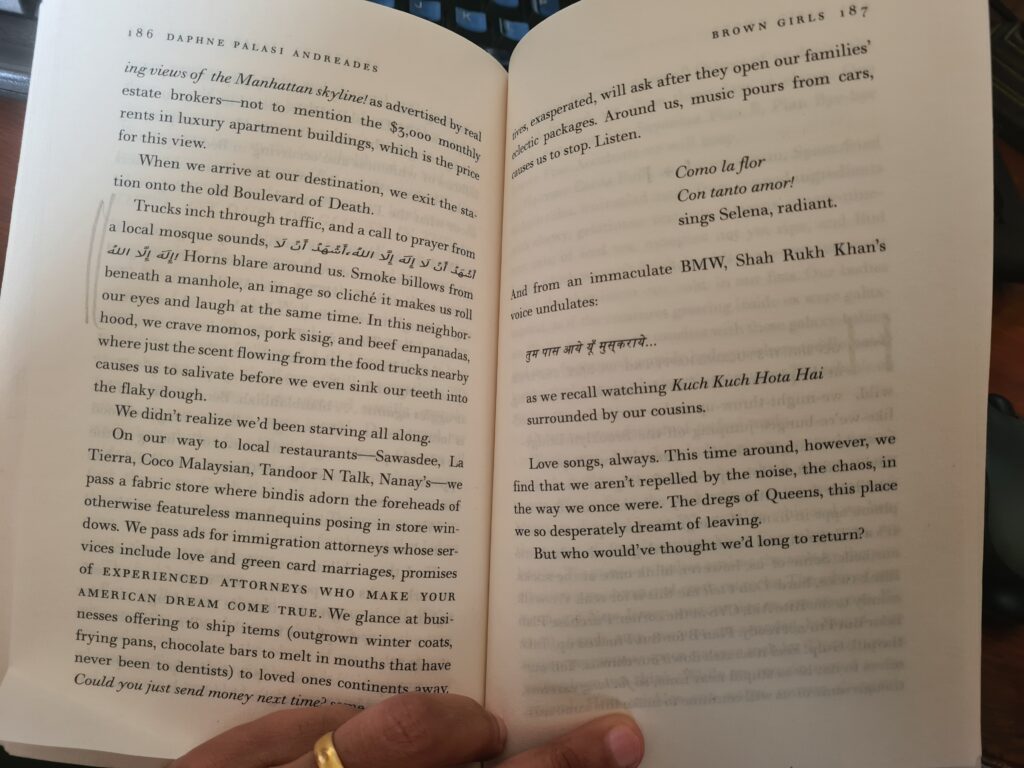
30 Jan 2022

